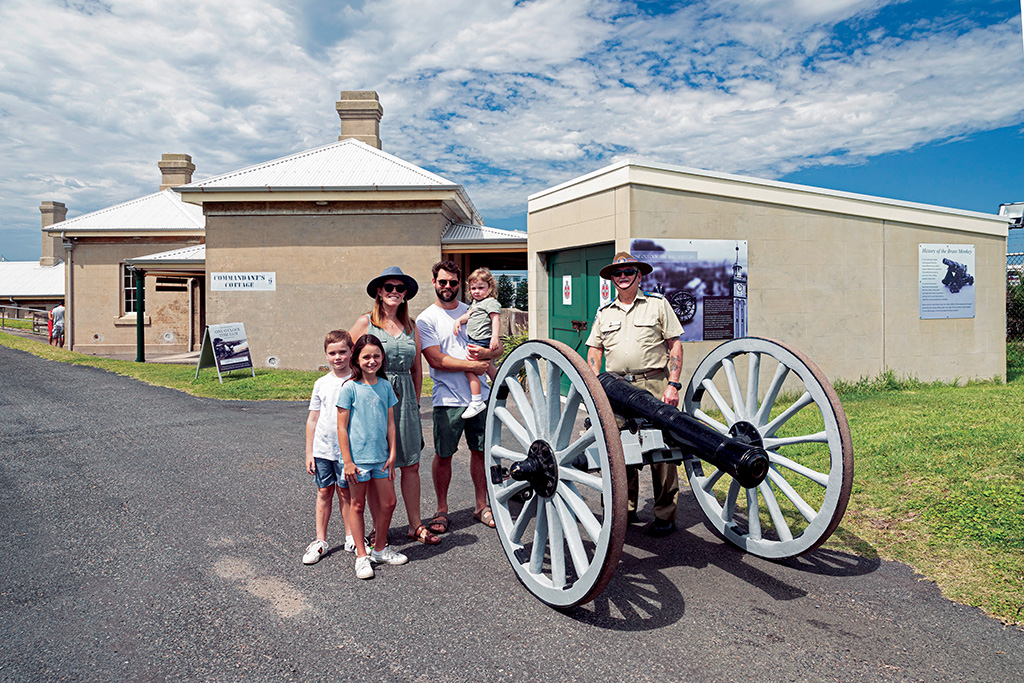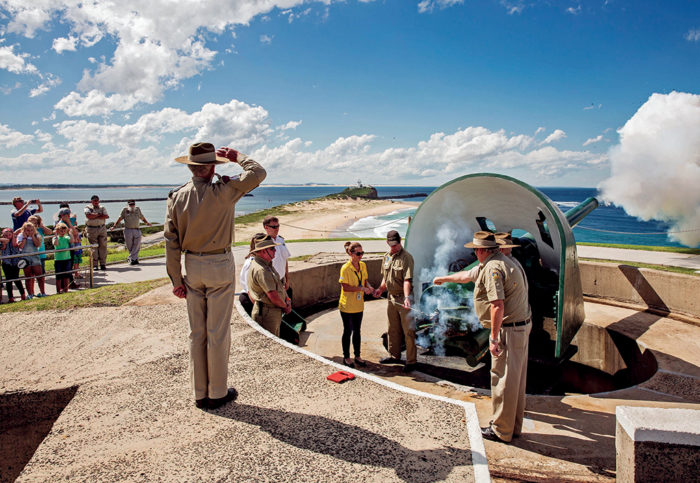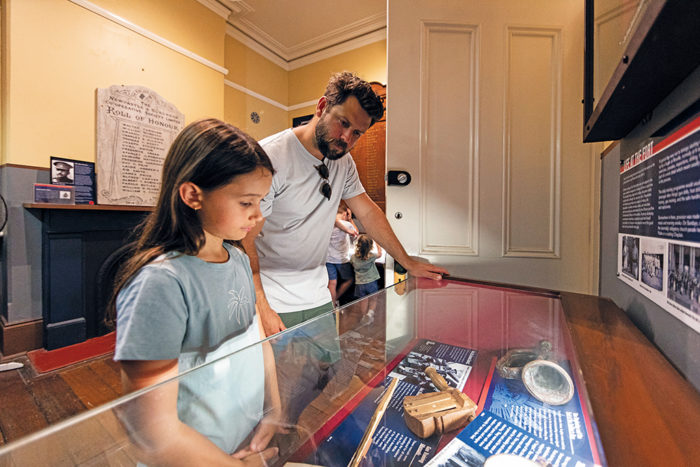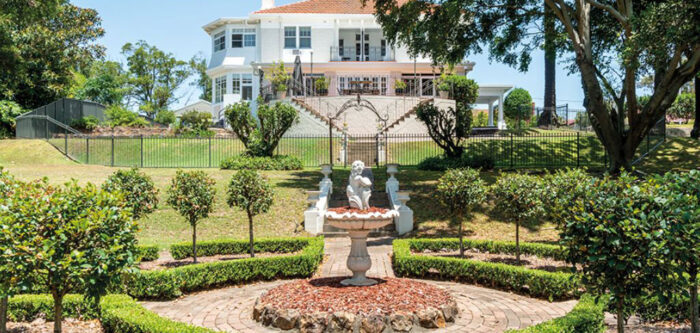
A fortified future
Fort Scratchley has been standing guard over Newcastle for almost 140 years. Now its future has been reaffirmed with a new agreement that will preserve the iconic landmark’s history.
There’s no doubt Fort Scratchley offers one of the most spectacular coastal vantage points in Newcastle. Sitting high on top of Flagstaff Hill (previously known as Signal Hill) in the east end of the city, the Fort provides a breathtaking panorama over Nobbys Headland, the mouth of the Hunter River estuary and the entrance of Newcastle Harbour. Yet this picture perfect location has also been the stage for a fair share of significant events in Newcastle’s history.
Coal seams discovered around the base of the hill saw Australia’s first coal mine established at the site in 1799. Recognising the strategic importance of a hilltop overlooking the harbour, a coal-fired beacon to guide mariners was built in 1804.
By 1828 an earthen battery was constructed on the hill and equipped with seven guns, but the site’s military potential didn’t truly begin to be exploited until 1876 when the British Government sent Major General Sir William Jervois and Lieutenant Colonel Peter Scratchley to advise on naval defences over fears of a Russian attack. The Fort was designed around a battery of three guns facing eastward in an arc to the ocean, with other guns covering the harbour to the north and west.
The new guns were in position by 1882, and construction of accommodation for the troops followed, with the Commandant’s cottage and barracks buildings completed in 1886 before the dry moat and perimeter wall were finalised in 1892.
Fort Scratchley is famously known as the only coastal fortification in Australia to fire on an enemy naval vessel during World War Two. In the early hours of the morning of 8 June 1942, the Japanese submarine I-21, positioned offshore just north of the entrance to Newcastle Harbour, fired around eight star shells and 26 rounds of high-powered explosive shells in an attack that lasted just under half an hour.

Newcastle Fort Scratchley. Photo James Horan 

Their target is believed to have been the BHP steelworks site and the Walsh Island dockyards, which were the centre of Australia’s war manufacturing effort. The soldiers at Fort Scratchley returned fire on the submarine with two salvoes from the Battery’s six-inch guns and while none of the shells found their mark on the enemy vessel, the action certainly made its mark on Australia’s military history.
Living history
But while present-day visitors quickly appreciate the stunning views, a passionate group of volunteers work to ensure they also walk away with an understanding of Fort Scratchley’s historic value.
Dedicated volunteers have been giving up their time to support the post-military operation of Fort Scratchley since 1978. Originally known as the Fort Scratchley Local Committee, it was mostly made up of ex-military who had been stationed either at Fort Scratchley or at Stockton’s Fort Wallace and wanted to preserve the remaining military artefacts.
The Fort Scratchley Military Museum officially opened in 1982, with the volunteer group renamed the Fort Scratchley Historical Society (FSHS) in 1998.
Read more in the Winter issue of Hunter & Coastal Lifestyle Magazine or subscribe here.
Story Michelle Meehan, photos courtesy of City of Newcastle

